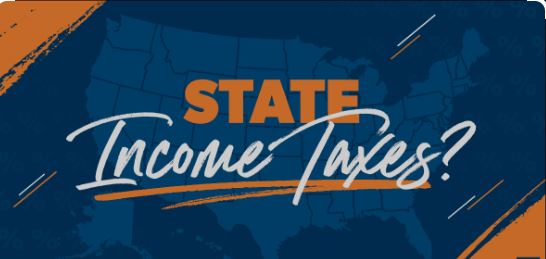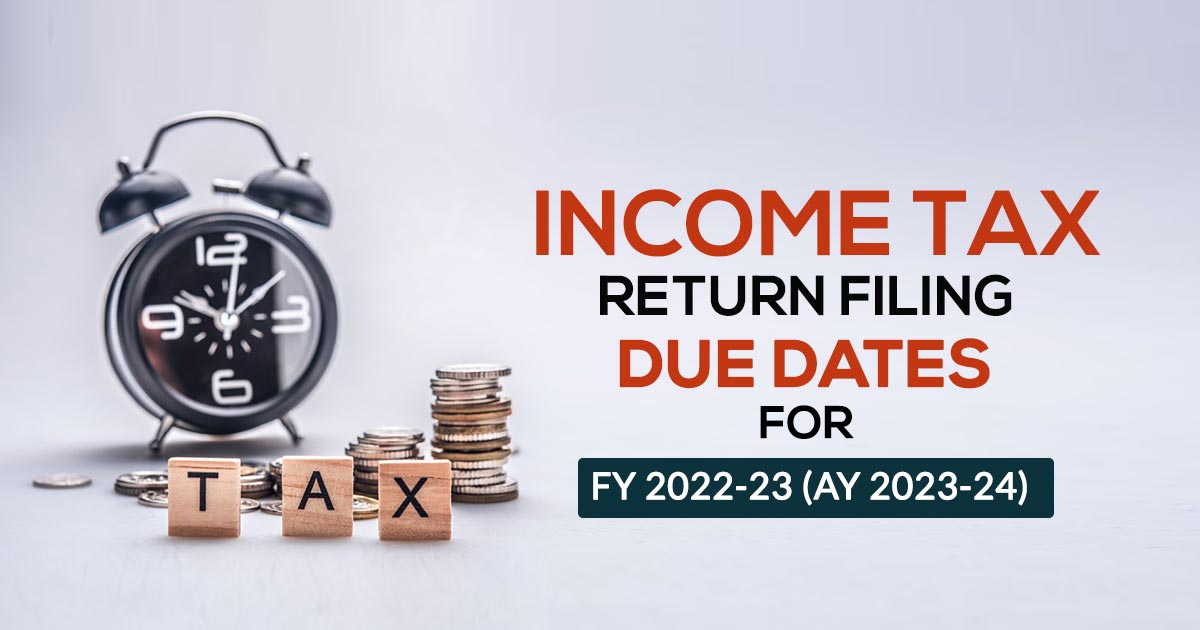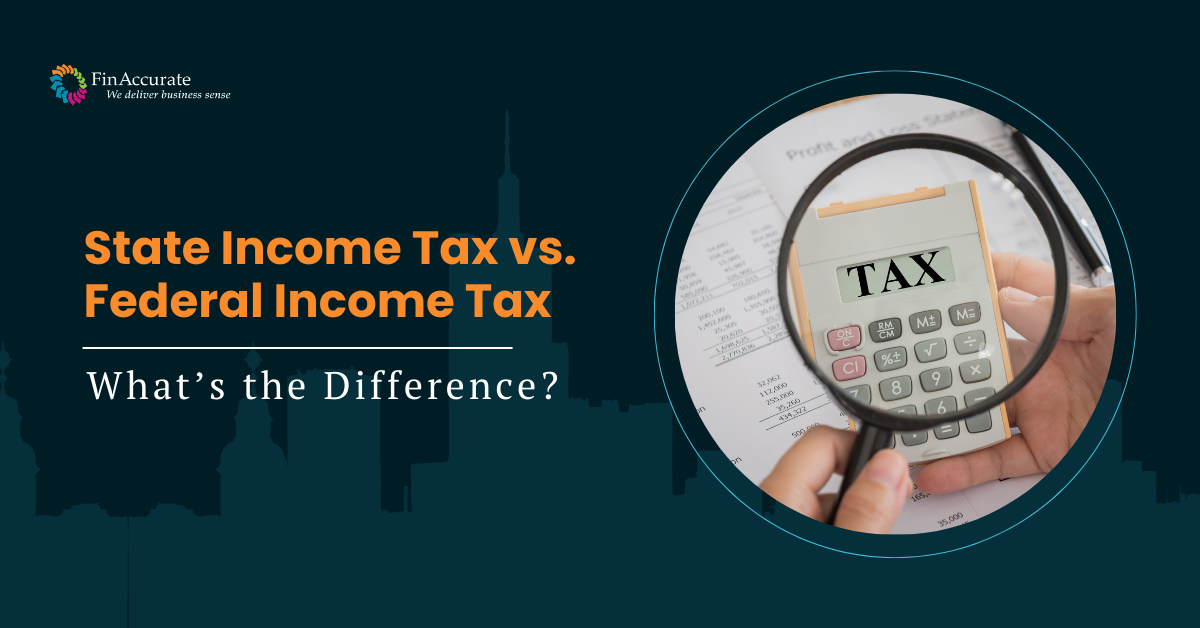Join us on an exciting tax journey as we explore the exciting worlds of State Income Tax and Federal Income Tax. These complicated taxes are an important part of our society because they pay for important programs and services that affect us all. In this fascinating article, we’ll explain how they’re calculated, how they’re collected, and how they have a big impact on both people and businesses. Help us figure out what taxes are all about and how they affect our country’s income. Get ready for a fun trip where we’ll explore the interesting differences between State and Federal Income Taxes so you can make smart financial decisions. Get ready to hear the interesting story of taxes!
Most states in the U.S. also take income taxes from their residents, so the IRS isn’t the only one with its handout. The IRS, your state government, and (if they receive income taxes) your city government all have their own tax rates and rules. State income taxes and federal income taxes are different in a number of ways. Here are a few crucial pieces of information about each.
State Income Tax
Income taxes are different from one state to another state. Most states either have a flat income tax rate or a tax rate that goes up as income goes up. In a flat tax system, which is also called a single-rate scheme, everyone with any amount of income pays the same tax rate. As of 2023, 11 states are using this method: Arizona (2.5%), Colorado (4.55%), Idaho (5.8%), Illinois (4.95%), Mississippi (5.0%), North Carolina (4.75%), Pennsylvania (3.07%), Indiana (3.23%), Kentucky (4.5%), Michigan (4.25%), Utah (4.95%), and Kentucky (4.23%).

People with higher incomes pay a bigger share of their income in taxes in states with progressive tax systems. The identical approach is used for the federal earnings tax system. For this reason, some states use the federal tax code to figure out their marginal tax rates, but many states make their own. Some, like the federal government, change their rates every year to keep up with inflation, while others don’t.
Federal Tax
The Tax Cuts and Jobs Act (TCJA) made a few huge modifications to the U.S. Internal Revenue Code (IRC), which lays out the rules for federal income taxes. These changes went into force in 2018. At the federal level, there are seven earnings tax brackets: 10%, 12%, 22%, 24%, 32%, 35%, and 37%.

For the tax year 2022, the top rate of 37% starts at $539,900 for single people and $647,850 for married people paying jointly. The 37% rate begins at $578,000.$693,750 for married couples submitting jointly.
What is the difference between federal taxes and state taxes on income?
The main difference between federal and state income taxes is that federal taxes pay for the federal government and state taxes pay for the government in your state. The IRS handles all federal income taxes, but each state has its own collecting body. For example, in California, state income taxes are handled by the Franchise Tax Board. It is the Department of Taxation and Finance in New York.
If you live in one of the 42 states that tax income, you will have to pay state income tax.

You may already know that both federal and state taxes are taken out of your paycheck. Even though the times and steps for filing can change, most people only have to file their state income taxes once a year. When you give the government your tax return. This is when you report your income, get your deductions and credits, and either pay the taxes you owe or get a refund.
How does the federal tax on income work?
Federal income taxes are determined by the IRS using rising marginal tax rates and brackets. In simple terms, this means that your tax rate goes up as your income goes up. In a minute, we’ll describe the numbers: For the year 2023, here are the tax rates and tax brackets.
Does each state have a different federal income tax?
Depending on which state you live in, your state income tax bill may be different. Every state has the same federal income tax rates and rules.
How does income tax from the state work?
Many of the rules for state income taxes are the same as those for federal income taxes, but tax rates, possible deductions and credits, and filing dates can be different. The way income taxes are used in each state is also different. Some states, like the IRS, have a tax system with top and bottom tax amounts and tax rates. In other places, all taxable income is taxed at the same rate. This is called a “flat tax.”
Which states don’t have income taxes?
At the moment, eight U.S. states have no personal income tax. These are:
- Alaska
- Florida
- Nevada
- The state of South Dakota
- Tennessee
- Texas
- Washington Wyoming
New Hampshire is also getting rid of its personal income taxes. At the moment, only interest and dividend income, not paid, are taxed in New Hampshire. Starting in 2023, these taxes will be taken out, and they will be gone by 2027. This will add a ninth state to this list.
State Income Tax vs. Federal Income Tax:
Let’s figure out the state and federal taxes for a Colorado couple who is married and filing equally. With $112,000 in taxable income, their federal and state taxes
might look like this:
Federal taxes are based on marginal tax rates
Using the marginal tax costs and tiers confirmed above for 2023, the federal taxes on $112,000 also can moreover look a few trouble like this:
The State Income Tax in Colorado Is Flat
The earnings tax in Colorado is a flat 4.4%. In fact, Colorado taxpayers make a number of changes to their taxable income on their federal tax returns. For example, they add back state taxes they deducted and subtract state tax deductions and credits that they are allowed to use. Let’s say, for the sake of ease, that our couple’s income stays at $112,000.
$112,000 × 4.4% = $4,928
If a married pair filing jointly in Colorado had a taxable income of $112,000, they would pay about $4,928 in state income tax.
Total Taxes Due
Our estimated state and federal income taxes for our hypothetical couple are $20,183. State and federal taxes total $20,183, or 18% of their $112,000 taxable income. Federal and state income taxes are due simultaneously.

Again, each state has its own way of taxing cash. Many states base their own income taxes on the federal government’s progressive tax scheme. People in other states don’t have to pay state income taxes. Ask the tax officials in your state.
Conclusion
In the end, it is important for every person to know the difference between State Income Tax and Federal Income Tax. These taxes are for different reasons and affect different parts of our finances. If we understand these differences, we can make better financial choices and help our society as a whole.
Visit Finaccurate’s website if you want to learn more about taxes and finances, or if you want to learn more about this topic. Explore expert advice to learn as much as you can about money. Let’s work together to take charge of our financial future! Visit Finaccurate now.





